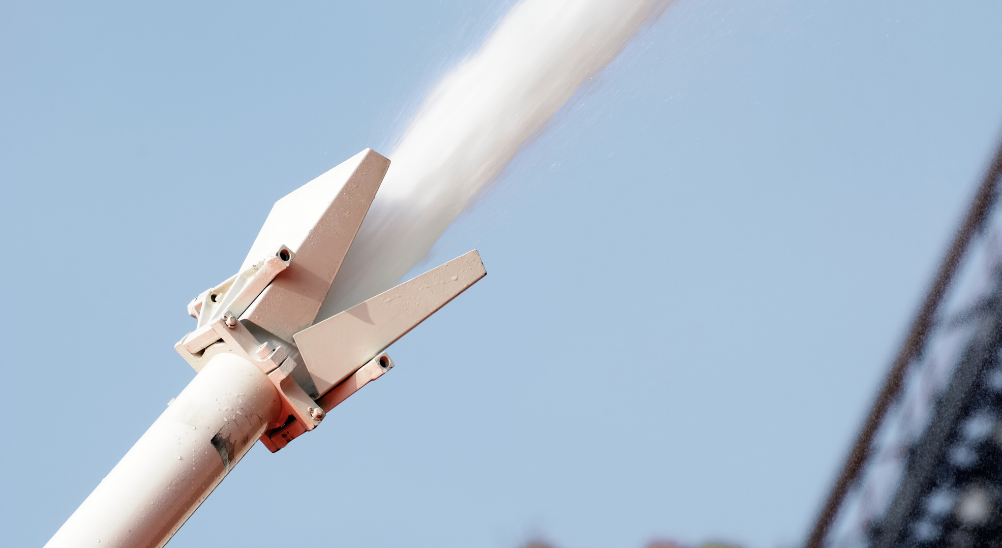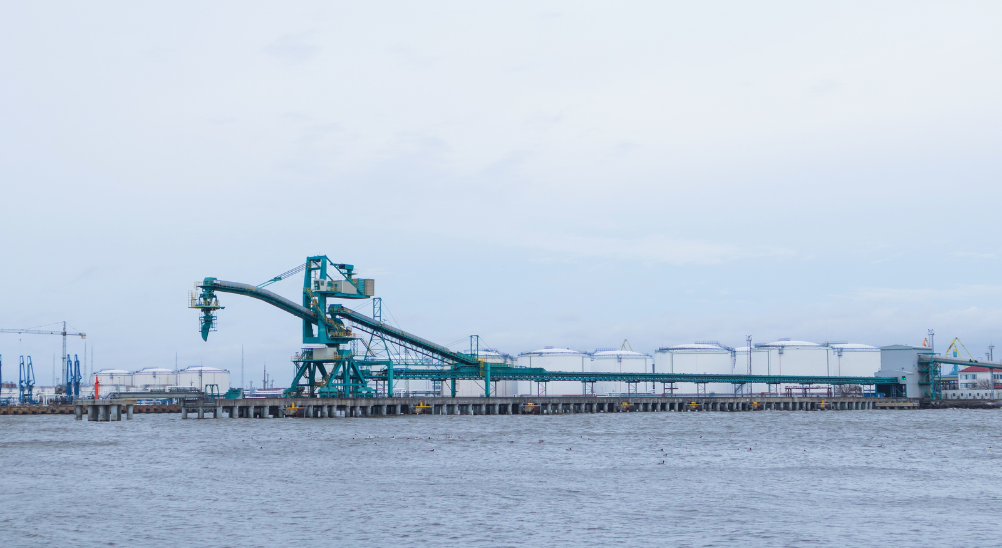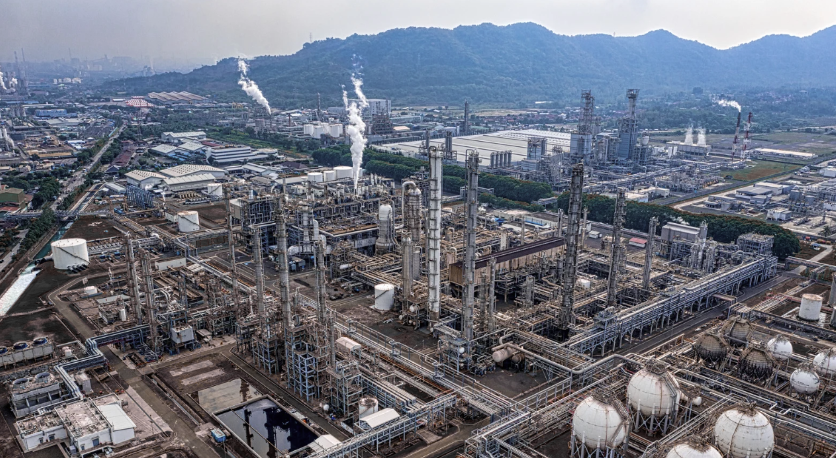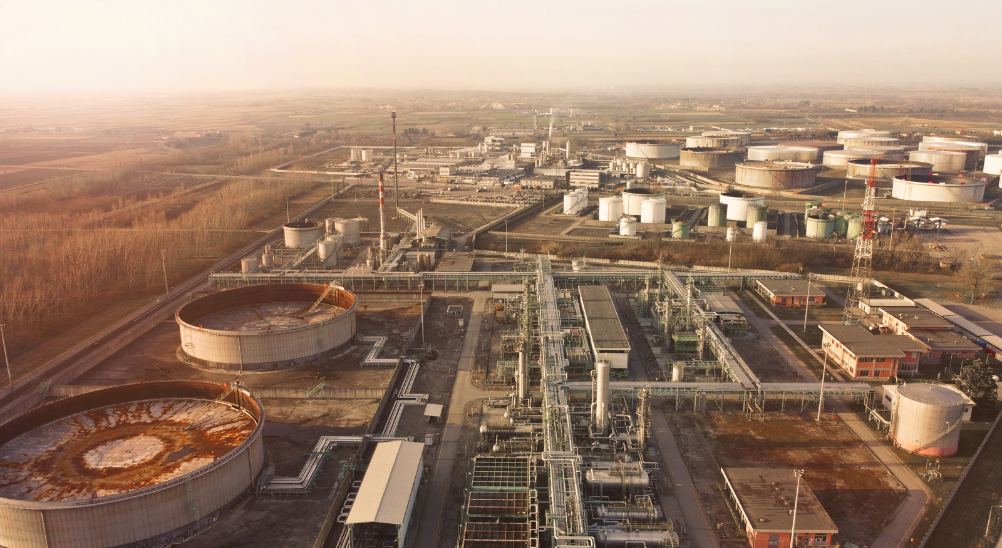PFOA / PFAS Firefighting Foams – Do I Need to Take Action?
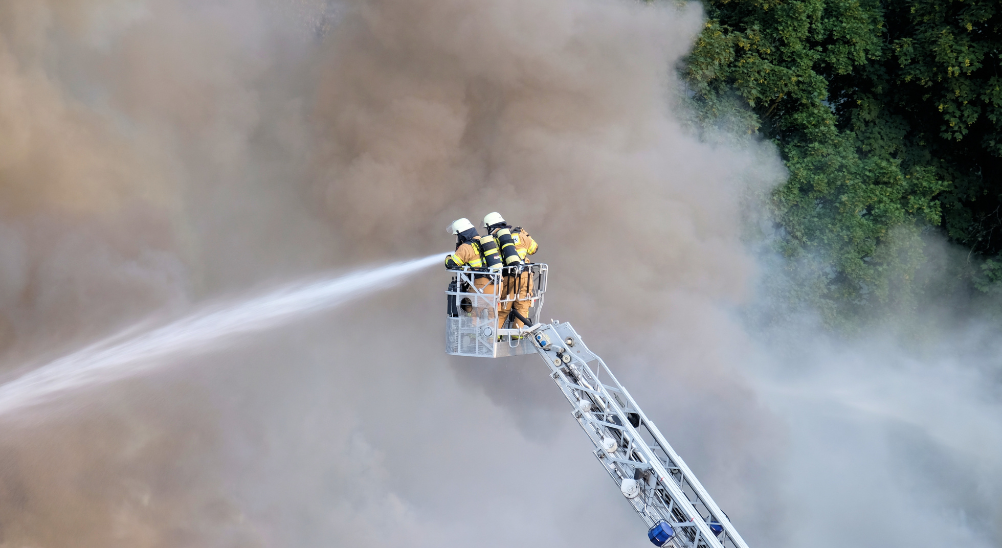
PFOA / PFAS in Fire-Fighting Foams — Do I Need to Take Action?
Identify your foam, test correctly, interpret thresholds, and plan business continuity under EPMA/NEA.
PFAS have long been used in AFFF for Class B risks. They persist in the environment and may impact soil and groundwater. This guide explains how to check your site, verify foam composition, and take appropriate actions.
PFOA + salts
≤ 25 ppb
PFOS
≤ 10 ppm
PFHxS
≤ 100 ppb
Thresholds shown for quick reference. Always confirm the latest regulatory guidance and test methods.
01 Inspect Your Site
Look for any foam storage or discharge equipment: storage tanks, IBC totes, drums or pails; foam chambers, monitors, hose reels; portable/wheeled extinguishers; mobile units or tenders.
No foam on site → No further action required
02 Identify the Foam Type
Ask your supplier whether your foam is long-chain fluorinated (LC-PFAS, legacy) or modern C6. If unsure, review manufacturing date and origin; PFAS foam produced before 1-Jan-2016 should be assumed to contain C8 fluorinated materials. Share the SDS with your consultant for confirmation.
LC-PFAS identified → Commence transition planning
03 Arrange Laboratory Testing
Test even if the SDS or vendor claims “no PFOA/PFOS/PFHxS.” Such statements usually refer to “no intentionally added” substances; trace residuals or degradation by-products may still exist. Residuals from past products can remain in systems not thoroughly decontaminated during change-outs.
Targets & action levels
- PFOA > 25 ppb → non-compliant
- PFOS > 10 ppm → non-compliant
- PFHxS > 100 ppb → non-compliant
04 Select an Accredited Laboratory
Use an accredited lab following the latest international PFAS guidance. The Stockholm Convention on POPs lists numerous related compounds under PFOA and its salts; the target list evolves, so periodic re-testing may be required to maintain compliance.
05 Interpret the Results
Compliant
PFOA < 25 ppb, PFOS < 10 ppm, PFHxS < 100 ppb → No further action required. Proceed to stock/continuity checks.
Non-compliant
Any exceedance → Commence transition planning. Consider system decontamination, product replacement, and re-testing.
06 Risk & Business Continuity
- Ensure availability of AFFF/AR-AFFF for system reinstatement after any discharge.
- Obtain a Manufacturer’s Letter of Continuation confirming supply support horizon.
- Adopt a risk-assessment-based approach for continuity planning.
07 Plan Forward
- Evaluate compatible alternative brands that meet current limits.
- Budget for expected cost changes in AFFF/AR-AFFF products.
- Monitor updates to test methods and POPs listings; schedule periodic reviews.

